In typical party fashion, Silesia’s working class was strongly encouraged to participate in the creation of this ‘people’s park’. Support for the project was massive, and indeed everyone from industrial workers to school children (wait, that is everyone) joined in the digging and planting of an astounding 3.5 million trees and shrubs in the first year alone, as the project moved forward at a record clip. Over 70 different plant species were introduced, primarily poplar, willow, birch, black cherry and elderberry trees known for their ability to grow quickly and resist the effects of the industrial pollution that characterised the ‘Black Triangle’, as the region was then known. In total 3.5 million tonnes of soil were moved to shape the area of the park, and 500,000 cubic metres of humus used to fertilise it. After completing the rehabilitation of the park’s landscape, the park committee systematically set about establishing a series of attractions in the vast space of WPKiW, including the amusement park, zoo, planetarium, ethnographic park, Silesian Stadium, Elka cableway and others as the park developed intensively in the 50s, 60s and 70s. Two zones were essentially created which remain today, with the rear half left natural and the attractions stacked towards ul. Chorzowska where the main entry points to the park are located. In the 1970s as many as 1,300 people were employed by WPKiW, of which 500 worked on the landscaping of the park (today about 40 people do this job).
In 1989 when the communist regime crumbled, the park began a period of stagnation. However, WPKiK has been on the rebound since it became a public enterprise subsidised by the state budget in 2003, and today is on the way to re-establishing itself as one of southern Poland’s biggest tourist attractions. The last several years have seen an official name change to the much more parsable ‘Silesia Park,’ world-class rides added to the Legendia amusement park, as well as the opening of parks for more popular modern pursuits including the rope park and skate park. Silesian Stadium (Stadion Śląski) – one of the first attractions to open in WPKiK in the 50s – has been totally modernised, and numerous new restaurants, cafes, bars and hotels continue to open in and around the park.
Today the attractions of Silesia Park stand in a state of transition between faded communist funpark and modern wonderland, making a visit all the more unique. The contrast is most evident in the Legendia amusement park, where original rides and games from its opening days are still in use. There can be no doubt that Silesia Park has the potential to develop into one of the greatest parks in all of Europe; and in the heart of Upper Silesia, no less. Enjoy it.
Getting to Silesia Park
Getting there from Katowice is as easy as hopping on a tram or bus (tram being the fastest). There are four tram and bus stops along the course of the park: 'Park Śląski Wesołe Miasteczko' (amusement park), 'Park Śląski Ogród Zoologiczny' (the zoo), 'Park Śląski Wejście Główne' (main entrance) and 'Chorzów Stadion Śląski' (Silesian Stadium). Take trams 0, 6, 11 or 19; or buses 6, 830 or 840 (getting off at Park Śląski Ogród Zoologiczny). Chorzów is in zone 2 of Katowice’s public transport system so we recommend getting a 3,80zł zone 2 ticket which will get you to the park comfortably and beyond.


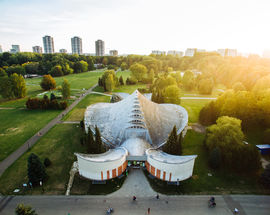
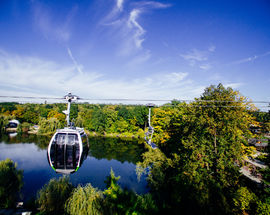
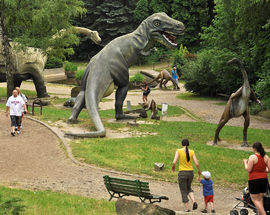

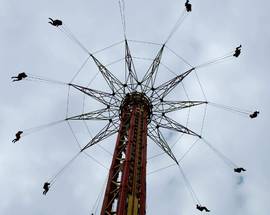
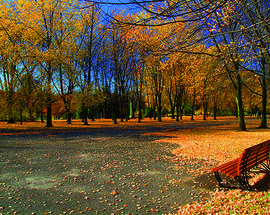
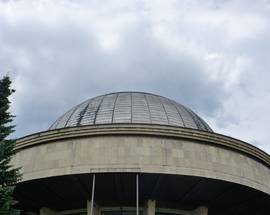
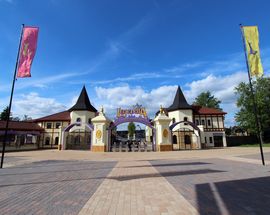


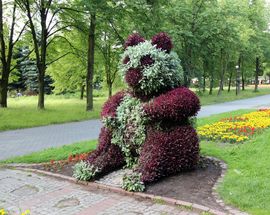
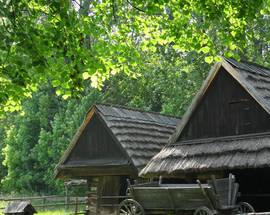
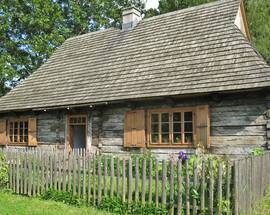
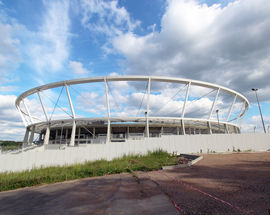
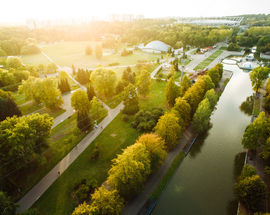
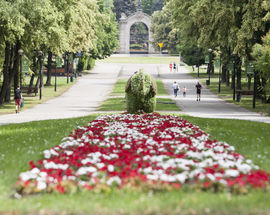

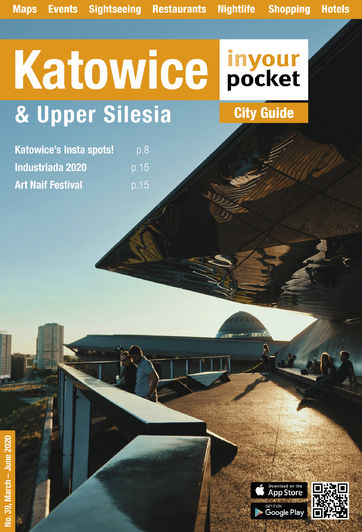


Comments